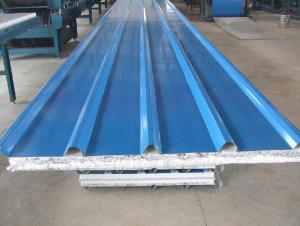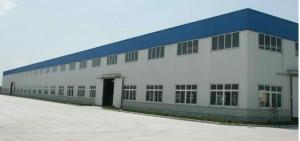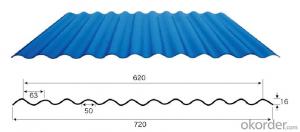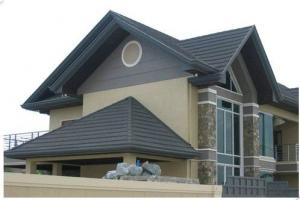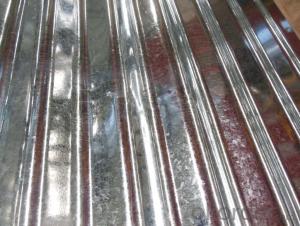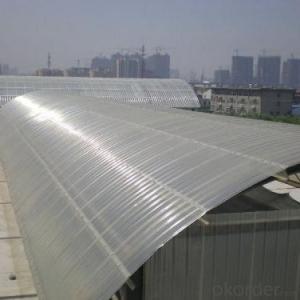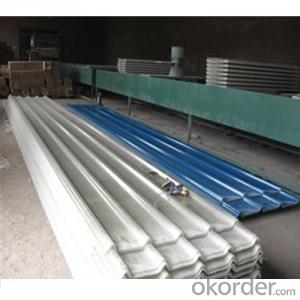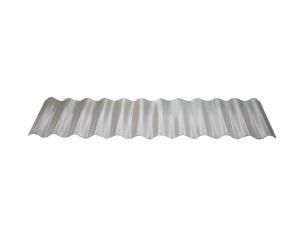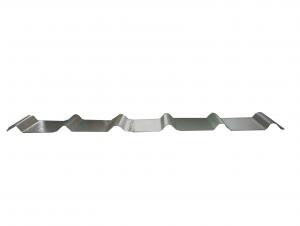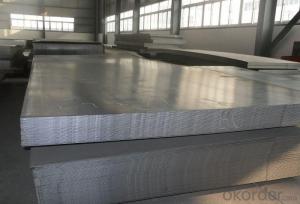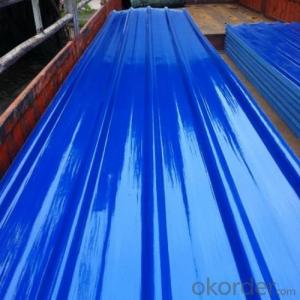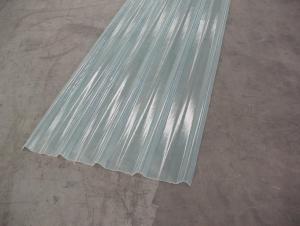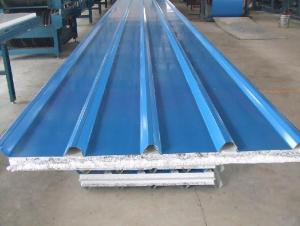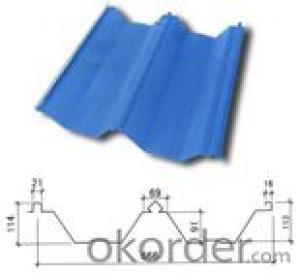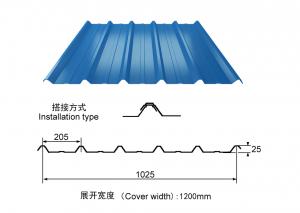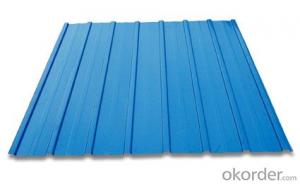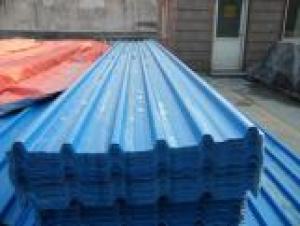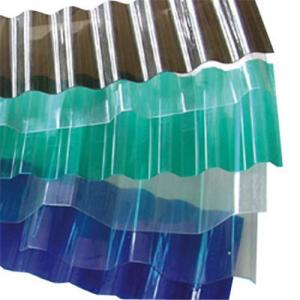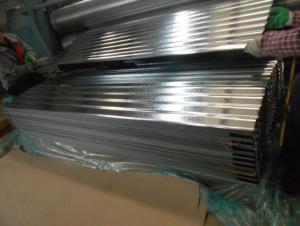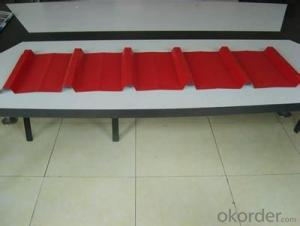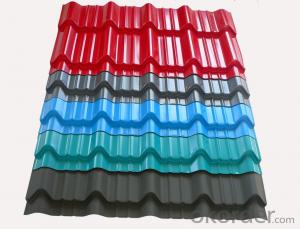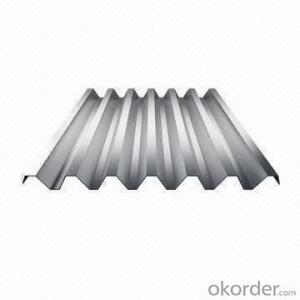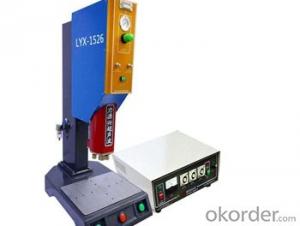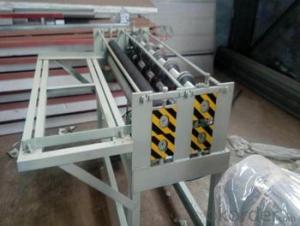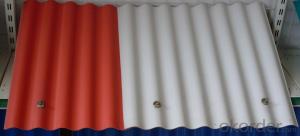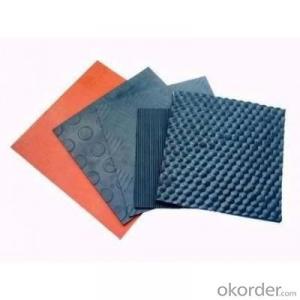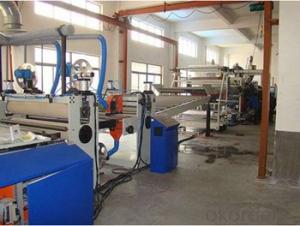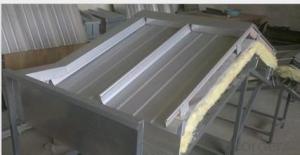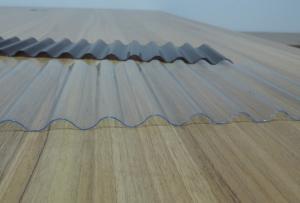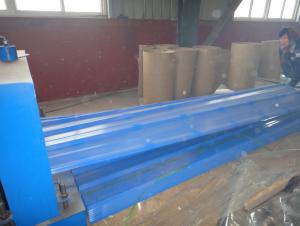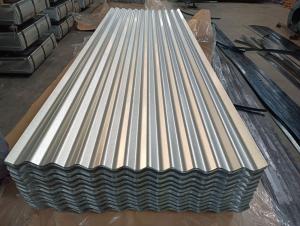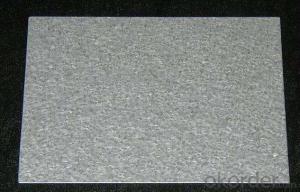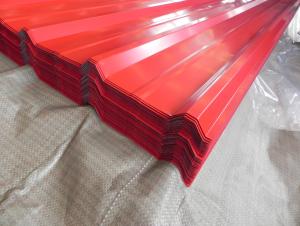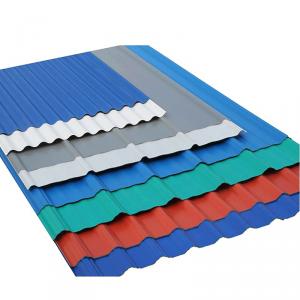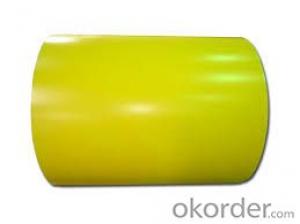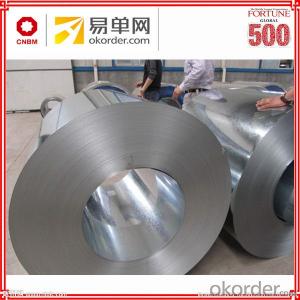Corrugated Felt Roof Sheets
Corrugated Felt Roof Sheets Related Searches
Corrugated Shed Roof Sheets 3 Inch Corrugated Roof Sheets Perspex Corrugated Roofing Sheet Felt Paper Roofing Fitting Corrugated Plastic Roofing Sheets Felt Roof Underlayment Clear Corrugated Perspex Roofing Sheets Felt Paper For Roofing Corrugated Aluminum Sheet Waterproofing Felt Roof House Roof Sheets Corrugated Roof Sealant Corrugated Perspex Sheet Coroline Roofing Sheets Bituminous Corrugated Roofing Sheet Fiberglass Sheets For Roofing Plastic Coated Steel Roofing Sheets Fiber Sheet For Roof Synthetic Felt Roofing High Quality Roofing Felt Corrugated Polycarbonate Roofing Colour Roofing Sheet Best Quality Roofing Felt Corrugated Plexiglass Roofing Imitation Slate Roofing Sheets Green Plastic Roofing Sheets 30 Lb Felt Roofing Paper Sequentia Corrugated Roof Panels Roofing Plywood Sheets Pp Roofing SheetsCorrugated Felt Roof Sheets Supplier & Manufacturer from China
Corrugated Felt Roof Sheets are a type of roofing material that features a distinctive wavy pattern, providing both aesthetic appeal and practical functionality. These sheets are made from high-quality materials, ensuring durability and long-lasting performance, making them an ideal choice for various roofing projects. They are designed to withstand harsh weather conditions, including heavy rain, snow, and strong winds, while also providing excellent insulation properties.Corrugated Felt Roof Sheets are widely used in residential, commercial, and industrial buildings, offering a versatile solution for a range of roofing applications. They can be easily installed on both new constructions and existing structures, offering a cost-effective and efficient way to enhance the appearance and performance of any roof. These sheets are also suitable for use in agricultural buildings, such as barns and stables, where their robustness and resistance to wear and tear are particularly beneficial.
As a leading wholesale supplier, Okorder.com offers a vast inventory of Corrugated Felt Roof Sheets, catering to the needs of contractors, builders, and homeowners alike. With a commitment to providing high-quality products at competitive prices, Okorder.com ensures that customers can find the perfect solution for their roofing requirements. By partnering with reputable manufacturers, Okorder.com guarantees that each Corrugated Felt Roof Sheet meets the highest industry standards, ensuring that customers receive a reliable and long-lasting product.
Hot Products
